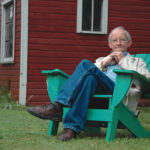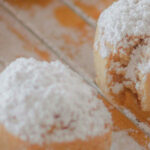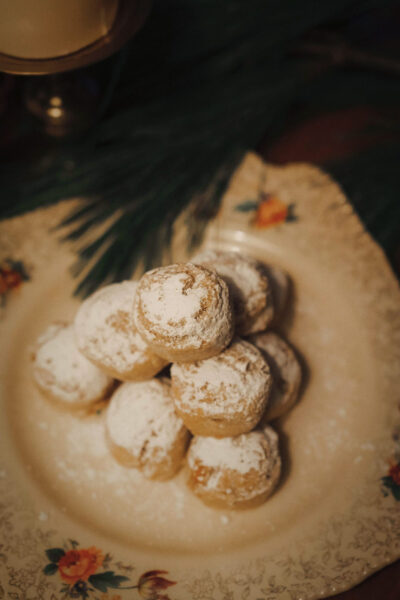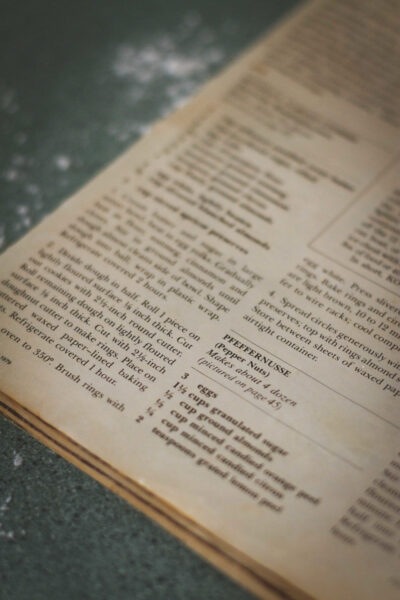When audiences first heard Vivaldi’s Four Seasons in the early 18th century, it was a sensation. It gave audiences something they’d never experienced before. It communicated more than music. It painted a scene. It told a story. It was an attempted translation of the language of nature.
But the natural world that Vivaldi drew his inspiration from was about to dramatically change. The Industrial Revolution was still 150 years away but already enclosures were taking place across Europe. Forests, rivers and rich pastures were being fenced off and privatized, orchards and crops that allowed subsistence lifestyles were being torched to force people into labour, and colonisation in all its forms was plundering distant lands to build the new decadence at home.
Europe was also in the midst of a scientific revolution. And amongst the exciting discoveries, a new ontology was being ushered in and solidified. Humans were increasingly seeing themselves as separate and superior to nature and nature itself was being stripped of any remaining soul or sentience that the animist cultures had long espoused. This view suited both the Church and the emerging capitalists at the time.. because without meaning or value, nature was a lot easier to commodify.
“We must hound nature and put her in constraints” said Francis Bacon, the ‘father of modern science’. “We must enter and penetrate her every hole and corner.” Bacon’s aim was to transform nature from nurturing mother to what he called ‘a common harlot’.
As we know too well, this mindset was soon to arrive on our own shores decimating a 60,000 year ontology of custodianship and reverence for the land.
Vivaldi was creatively spoilt with the abundance of nature that surrounded him. Since his writing our pursuit of endless growth and expansion has destroyed half the planet’s rainforests, 68% of all animal life and has seen a 40% increase of carbon and a 150% increase of methane in our atmosphere, rising our global temperature by 1.3 degrees.
But Vivaldi’s work contains a stunning lesson for our predicaments today. He articulates the HUMAN experience of the four seasons. The farmer who shakes his fists at the heavens as a wild storm ravishes his crops.
In recent decades, the reality of our ecological threats has been approached largely through a rational, scientific lens. An endless barrage of graphs, data and lifeless statistics have been used as frontline soldiers in the climate wars. But our species has evolved to tell stories, to be stirred into action by music, by art and by the liminal. Our scientists desperately need the help of artists because art disseminate the complexity, the lingo, the jargon and translates it into a language of the soul. A language that is disappearing as quickly as our forests and precious animals.
What you can expect to hear is a Four Seasons written for a new ecological possibility. It’s a collaboration between musicians, computer developers and climate scientists, to take the themes and ideas from Vivaldi’s original score, and recompose them as if he’d written them in the year 2050.
In this new variation, our now warmer air holds more moisture increasing the intensity of our storms, our degraded lands and denuded forests have stolen the dwellings of our cohabitors and rising seas have altered the lifestyles and festivities of all communities.
The Uncertain Four Seasons project has rescored Vivaldi’s work for every city in the world. Every variation is different. Each one jarringly altered from the harmony of Vivaldi’s original. Orchestras everywhere are being encouraged to perform their version in the lead up to the next pivotal meeting of nations to discuss climate change in November of this year.
But as you listen, know that all is not lost. Let the music help you to ponder or mourn what has gone but also allow it to free up the space required to join the billions of people who are not accepting our current trajectory and are actively pursuing the restoration of so many of our interconnected systems.
These are the humans who are rewilding landscapes, returning microbial life to the soils, deacidifying our oceans, re-introducing native species and embracing indigenous wisdom.
Climate Change and all of our ecological dilemmas are not scientific problems, they are human problems. It’s easy to forget that we humans are a keystone species and keystone species are capable of regenerating and defining entire ecosystems. If you listen carefully, there is a new song emerging. A new concerto is being written by a growing community that believes we can once again inhabit a world that Vivaldi so beautifully articulated 300 years ago.
But we all have a note to play.

 For his eighth and latest Deutsche Grammophon album, Canadian pianist extraordinaire Jan Lisiecki has chosen to return to the music of Frédéric Chopin. Following on from Works for Piano & Orchestra (2017) and Chopin: Études (2013), Chopin: Complete Nocturnes features profoundly personal interpretations of some of the most beautiful and best-loved pieces ever written for solo piano.
For his eighth and latest Deutsche Grammophon album, Canadian pianist extraordinaire Jan Lisiecki has chosen to return to the music of Frédéric Chopin. Following on from Works for Piano & Orchestra (2017) and Chopin: Études (2013), Chopin: Complete Nocturnes features profoundly personal interpretations of some of the most beautiful and best-loved pieces ever written for solo piano.







 Now that we have an audience in the room it’s more important to us than ever that we keep our events covid free. Since Opening Night we’ve required that everyone, and we mean everyone, interacting with your orchestra is fully vaccinated. All our musicians, guest artists, staff, and volunteers have proven their vaccination status. Before your ticket is scanned there is a wonderful volunteer checking your vaccine status. Everyone in the room is wearing masks and we’ve encouraged you to spread out in our concert spaces to your comfort level.
Now that we have an audience in the room it’s more important to us than ever that we keep our events covid free. Since Opening Night we’ve required that everyone, and we mean everyone, interacting with your orchestra is fully vaccinated. All our musicians, guest artists, staff, and volunteers have proven their vaccination status. Before your ticket is scanned there is a wonderful volunteer checking your vaccine status. Everyone in the room is wearing masks and we’ve encouraged you to spread out in our concert spaces to your comfort level.
